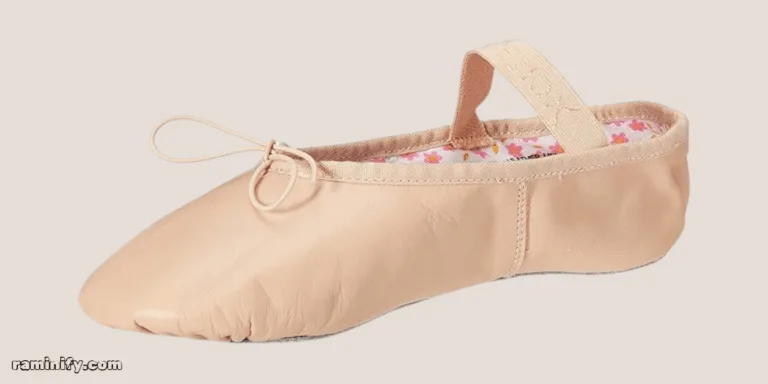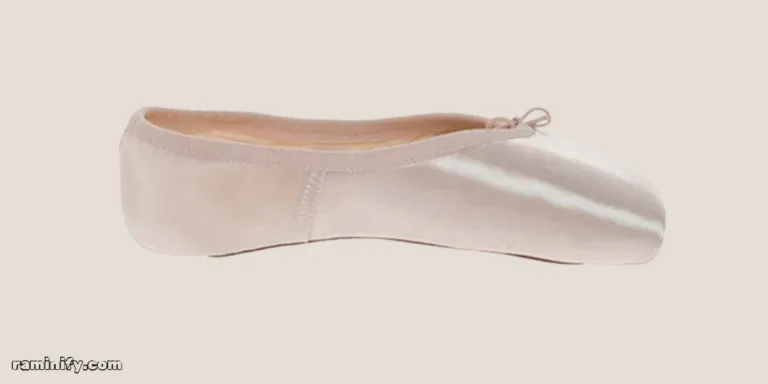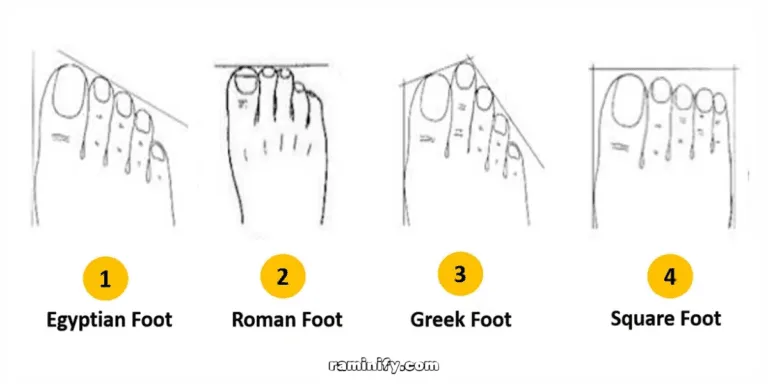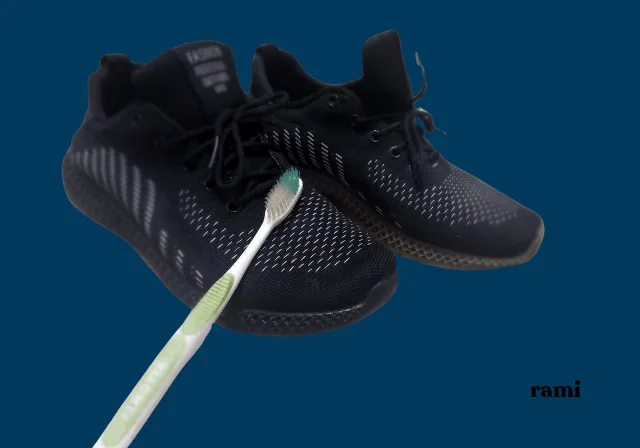Best Pointe Shoes For Beginners

Warning:
As a safety precaution, we do not recommend young dancers or beginners buy their pointe shoes online. Get advice from a professionally trained pointe shoe fitter before purchasing pointe shoes, and buy the right fit from your nearest retailer.
How much are ballet pointe shoes?
The price of ballet pointe shoes depends on the brand, materials, and craftsmanship. Typically, a pair of beginner pointe shoes costs $25 to $120, while some premium brands or custom-made shoes can cost $150 or more. Accessories such as toe pads, ribbons, and elastic bands are often required, which slightly increase the overall cost.
It is important to remember that pointe shoes last a very short time. From a professional dancer, we learned that depending on how often you dance and the strength of your technique, you may need several pairs of shoes in a year. So, taking care of these is essential, which we discuss below.
Things to Consider When Buying
Arched feet are a common issue that can become a hindrance during ballet training, so choose pointe shoes that support your arch condition. Measure your feet and find out if they are narrow or wide, which will help you get a properly fitting shoe.
Pointe shoes should fit snugly but not too tight. An ill-fitting shoe can cause pain, blisters, or injuries. Like most dancers, have your first pair selected by a professional to avoid these problems and ensure the shoes provide the right level of comfort and control.
Pointe shoes break down quickly, especially if you dance frequently. Some brands are known for their durability, like Gaynor Minden, which may be a good option for beginners.
Try different types of padding, like gel or fabric, for toe comfort and protection.
Best pointe shoes for beginners
capezio pointe shoes

Gaynor minden pointe shoes

russian pointe shoes

Bloch pointe shoes

Freed of London pointe shoes

Ballet Pointe Shoe Size
Example pointe shoe size chart

How to measure your feet
- First, put on a pair of socks.
- Tape the shoe-shaped chart to the floor firmly so that the chart does not move.
- Mark the length and width of your foot with a pencil.
- Be sure to measure both feet, as one foot may be larger than the other.


We recommend getting professional advice on your first pointe shoes. An experienced fitter will advise you on the length, width, and shape of your feet.
Just as accurate foot measurements are necessary for the right fit, it is also important to know your foot type. Remember that you are about to step into a wonderful world that requires special caution
Understand your foot shape

Greek foot: If your second toe is longer than your big toe, you have a Greek foot. Pointe shoes with a tapered box work well for this foot shape because they accommodate the longer second toe.
Egyptian foot:This shape is characterized by a big toe that is the longest, with the other toes tapering in length. Pointe shoes with a more rounded or slightly tapered box are ideal for this foot shape.
Square foot:If your toes are the same length, you have square feet. Consider pointe shoes with a wide, square box to give all your toes enough room.
Also, consider your arch condition. High arches require a more supportive shank, while low arches may need softer shoes to resist pressure.




